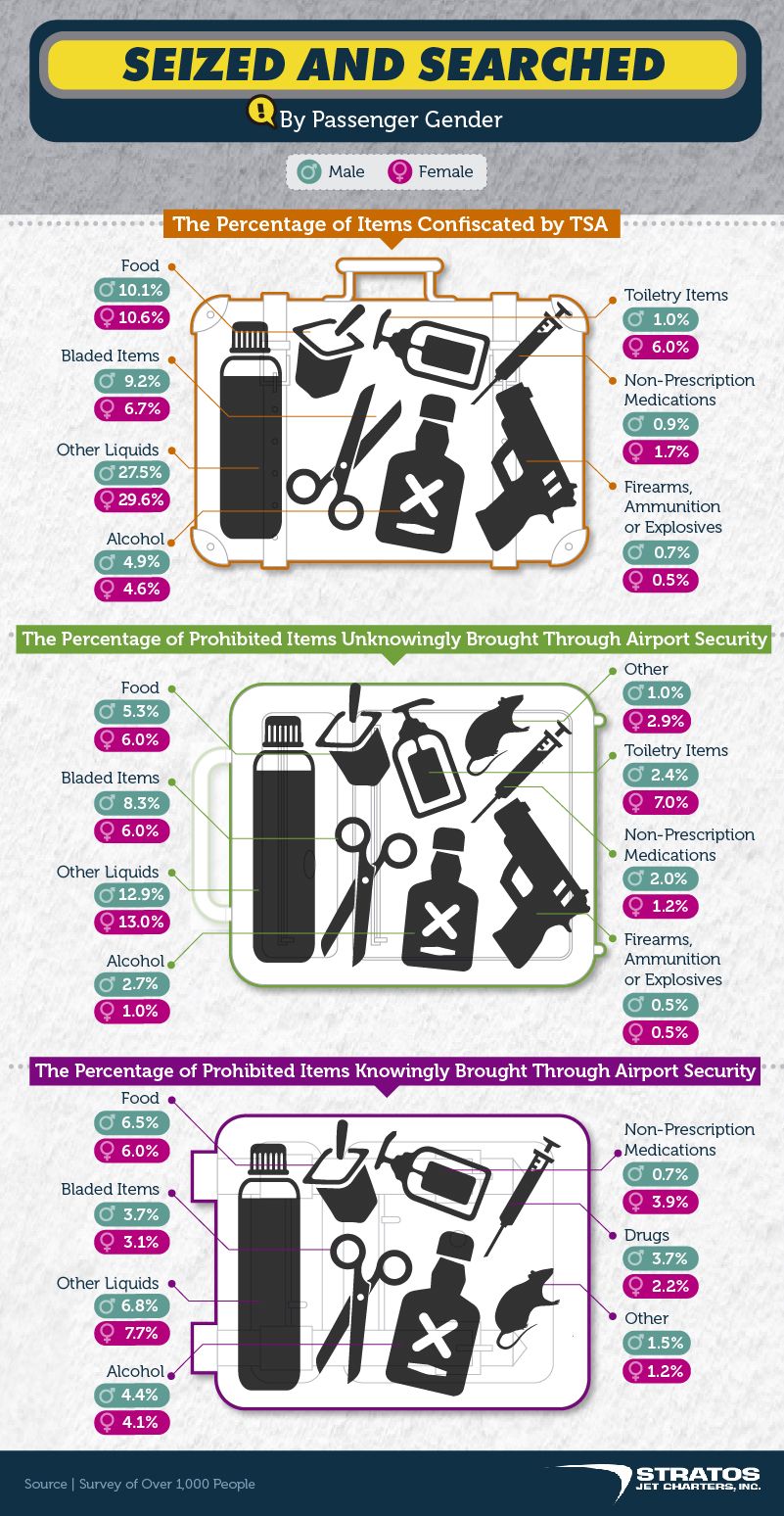Traveling by air has become more convenient with the Transportation Security Administration (TSA) continuously updating its guidelines to enhance passenger experience while maintaining high security standards. Recent changes have allowed for a broader range of items to be carried onboard, reflecting advancements in technology and evolving travel needs. These updates aim to simplify the process for travelers, ensuring that they are well-informed about what can and cannot be brought on flights.
In an effort to streamline airport security procedures and adapt to modern traveler demands, the TSA has announced a list of newly approved items that passengers can now bring onboard their flights. This announcement comes as part of ongoing efforts to improve the overall travel experience while maintaining robust security measures. Let's delve into the details of these new allowances and understand how they impact your next trip.
TSA Guidelines: Understanding What You Can Pack
The TSA provides detailed guidelines on what you can pack in both carry-on and checked baggage. Before heading to the airport, it's crucial to review these guidelines to avoid any inconvenience at security checkpoints. The rules cover a wide array of items, from everyday essentials to specialized equipment, ensuring that travelers are well-prepared for their journeys.
Knowing what is permitted helps reduce stress and ensures a smoother passage through security. Items such as electronics, medical devices, and sporting goods each have specific regulations. For example, laptops may need to be removed from bags for separate screening, and certain sports equipment might require special packaging or approval.
Moreover, the TSA guidelines emphasize the importance of carrying proper identification. Passengers must present a TSA-acceptable form of ID, such as a driver’s license or passport, at security checkpoints. This requirement ensures that all travelers are verified against federal standards, enhancing overall safety and security within the transportation system.
Comprehensive List of Permitted Travel Items
The TSA What Can I Bring? page serves as a comprehensive resource for travelers, detailing which items are allowed in carry-on and checked baggage. This list covers common items like liquids, electronics, and medical supplies, offering clear instructions on how to transport them safely. It also includes special notes for unique items such as firearms and hazardous materials, guiding passengers to comply with regulatory standards.
This resource helps travelers avoid confusion and potential delays at the airport by providing specific guidance on item restrictions. For instance, while liquids over 100ml are generally prohibited in carry-ons, exceptions exist for medications and baby formula. Similarly, electronic devices larger than a smartphone must often be screened separately, ensuring thorough checks without unnecessary hassle.
Additionally, the page offers tips on packing efficiently and securely. By organizing belongings according to TSA recommendations, travelers can expedite the screening process and minimize disruptions during their journey. This proactive approach benefits both individual passengers and the broader aviation community.
REAL ID Requirements and Travel Identification
Obtaining a REAL ID is essential for domestic air travel and accessing federal facilities. Issued by state motor vehicle departments, this federally compliant identification meets enhanced security standards set forth by the Department of Homeland Security. As of recent updates, many states now offer REAL IDs to eligible applicants who provide necessary documentation.
Passengers should verify whether their current driver’s licenses meet REAL ID requirements before planning trips. Those holding standard licenses may face issues boarding flights after designated enforcement dates unless they possess alternative accepted forms of ID, such as passports. Transitioning to a REAL ID simplifies future travel arrangements and aligns with national security protocols.
Furthermore, understanding the distinction between enhanced licenses and standard ones is vital. Enhanced licenses serve dual purposes, functioning as both driver’s credentials and travel documents for entry into Canada, Mexico, and Caribbean nations via land or sea. However, they do not replace passports for international air travel.
TSA PreCheck®: Enhancing Your Airport Experience
TSA PreCheck® offers expedited screening for pre-approved travelers, significantly reducing wait times at security checkpoints. Participants enjoy benefits like leaving shoes, belts, and light jackets on during screening, as well as keeping laptops and approved liquids in carry-on bags. Enrollment involves completing an application, paying a non-refundable fee, and attending an in-person appointment for identity verification.
This program exemplifies TSA's commitment to balancing convenience with security. By vetting participants beforehand, TSA PreCheck® ensures that trusted travelers receive priority processing without compromising safety measures. Many airports nationwide participate in the initiative, making it accessible to frequent flyers across the United States.
For those considering enrollment, researching eligibility criteria and application processes is advisable. Benefits extend beyond faster screenings, fostering a more pleasant overall travel experience. With increasing participation rates, TSA continues expanding its infrastructure to accommodate growing demand effectively.
New Developments: Full-Size Liquids Allowed Onboard
Recent technological advancements have prompted the TSA to revise longstanding policies regarding liquid quantities in carry-on luggage. Effective immediately, passengers can now bring full-size versions of select personal care products and cleaning solutions through security checkpoints at participating airports. This change marks a significant departure from the previous 3-1-1 rule, which limited liquids to three-ounce containers placed in one quart-sized bag per traveler.
While this adjustment enhances convenience for travelers, it remains subject to trial phases and localized implementation. Certain hubs may adopt the policy sooner than others based on operational readiness and equipment availability. Passengers should confirm local procedures prior to departure to ensure compliance with updated regulations.
These modifications reflect TSA's dedication to leveraging innovation for improved efficiency and customer satisfaction. By integrating advanced detection technologies, the agency aims to maintain rigorous security standards while accommodating evolving passenger preferences and needs. Stay informed about developments to maximize your travel experience under revised guidelines.

